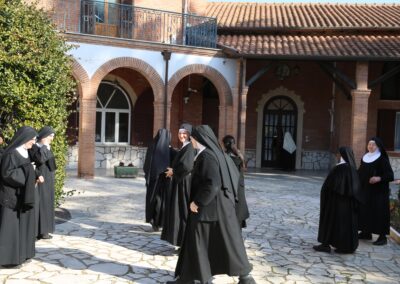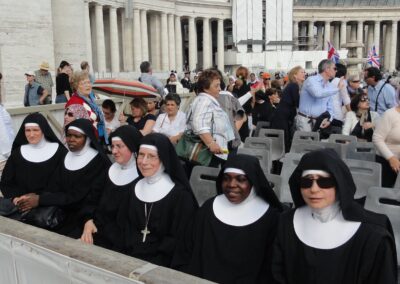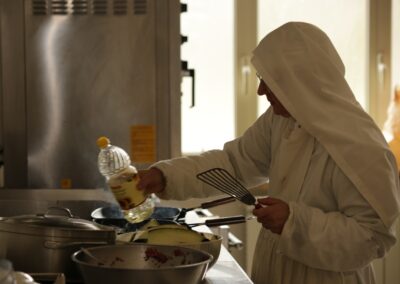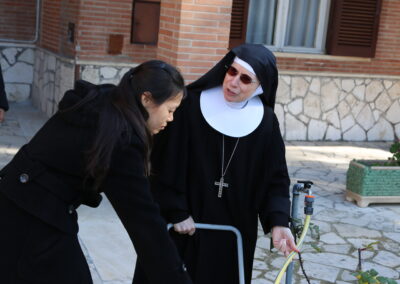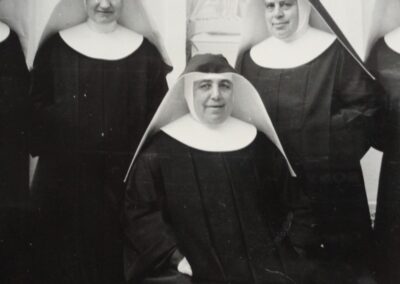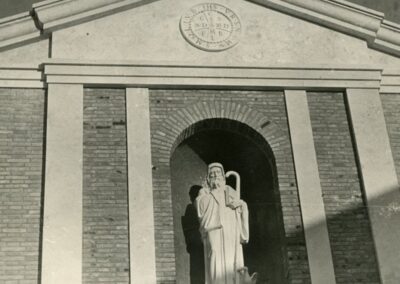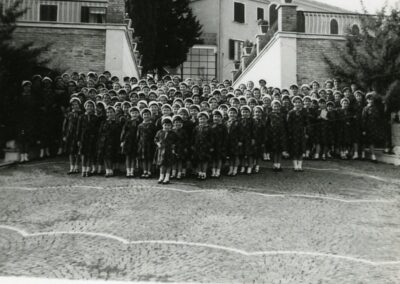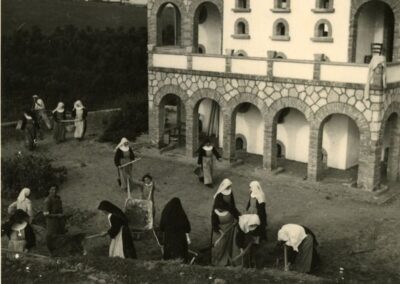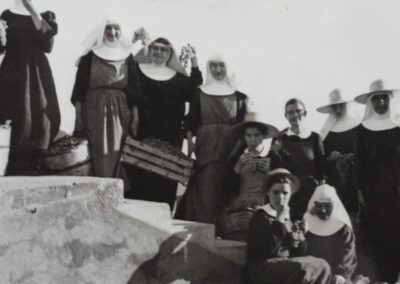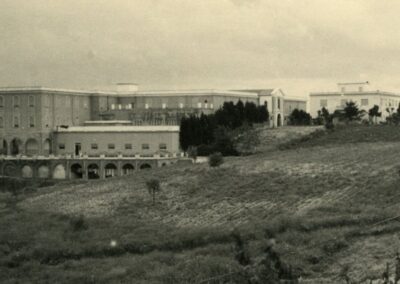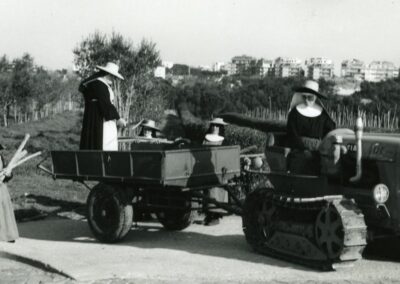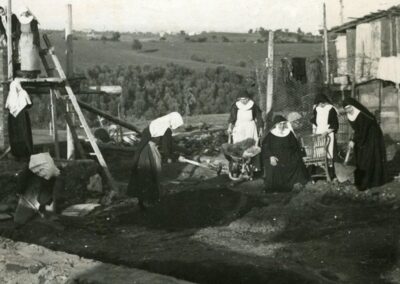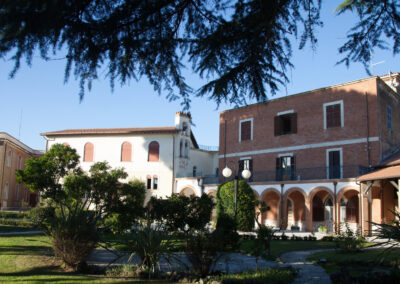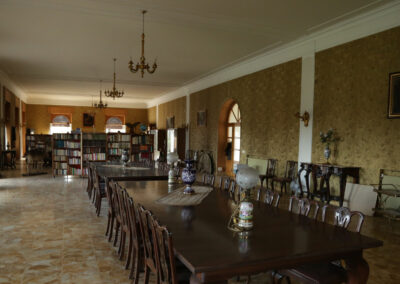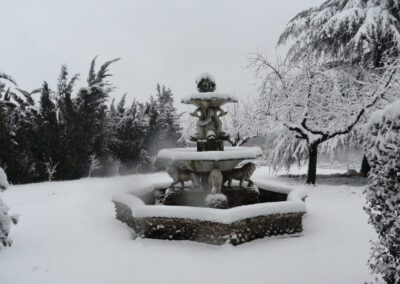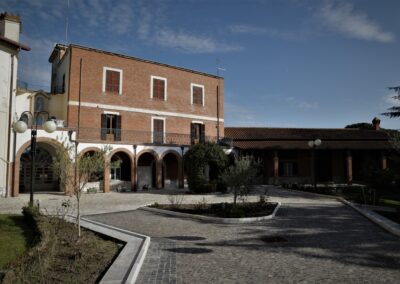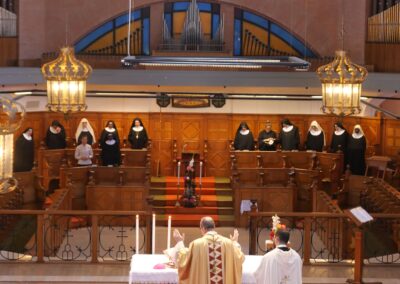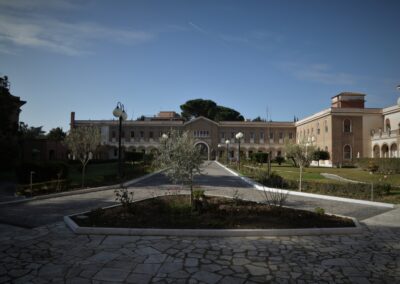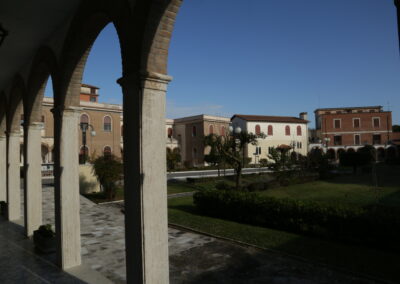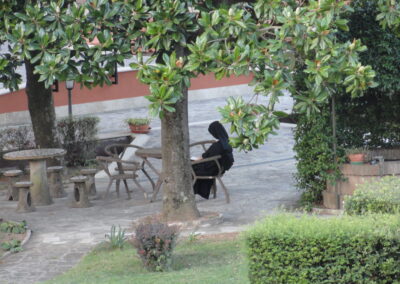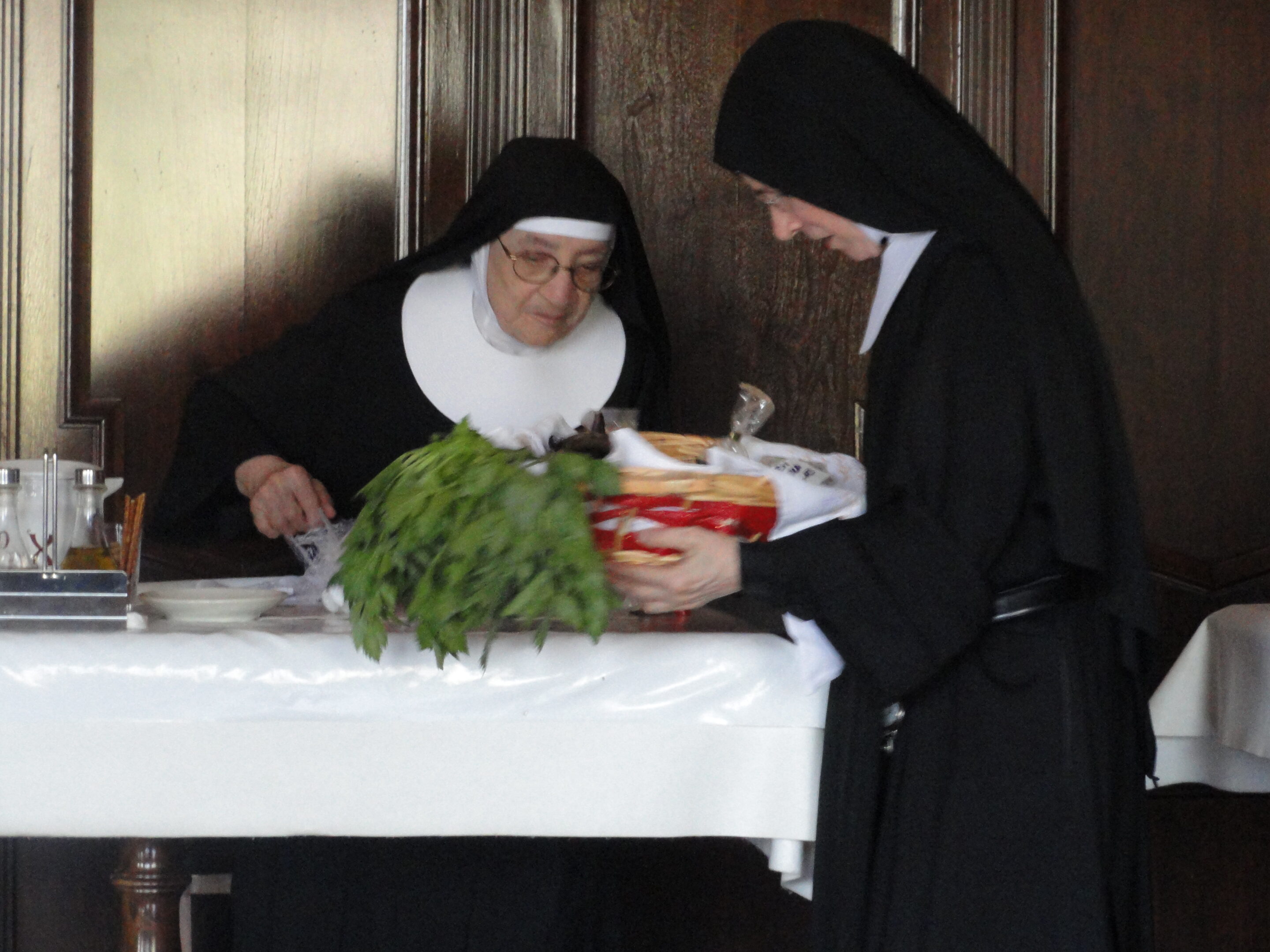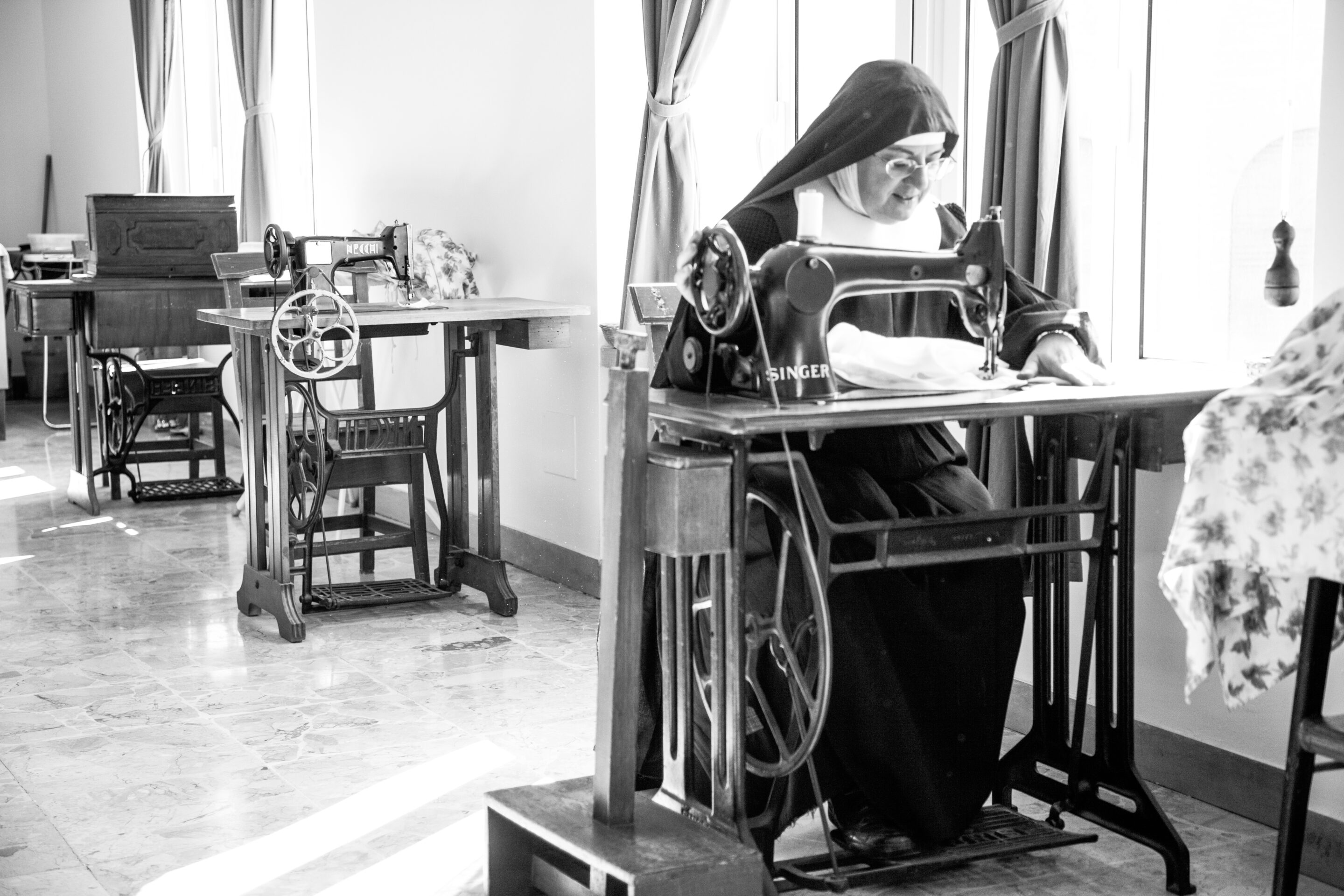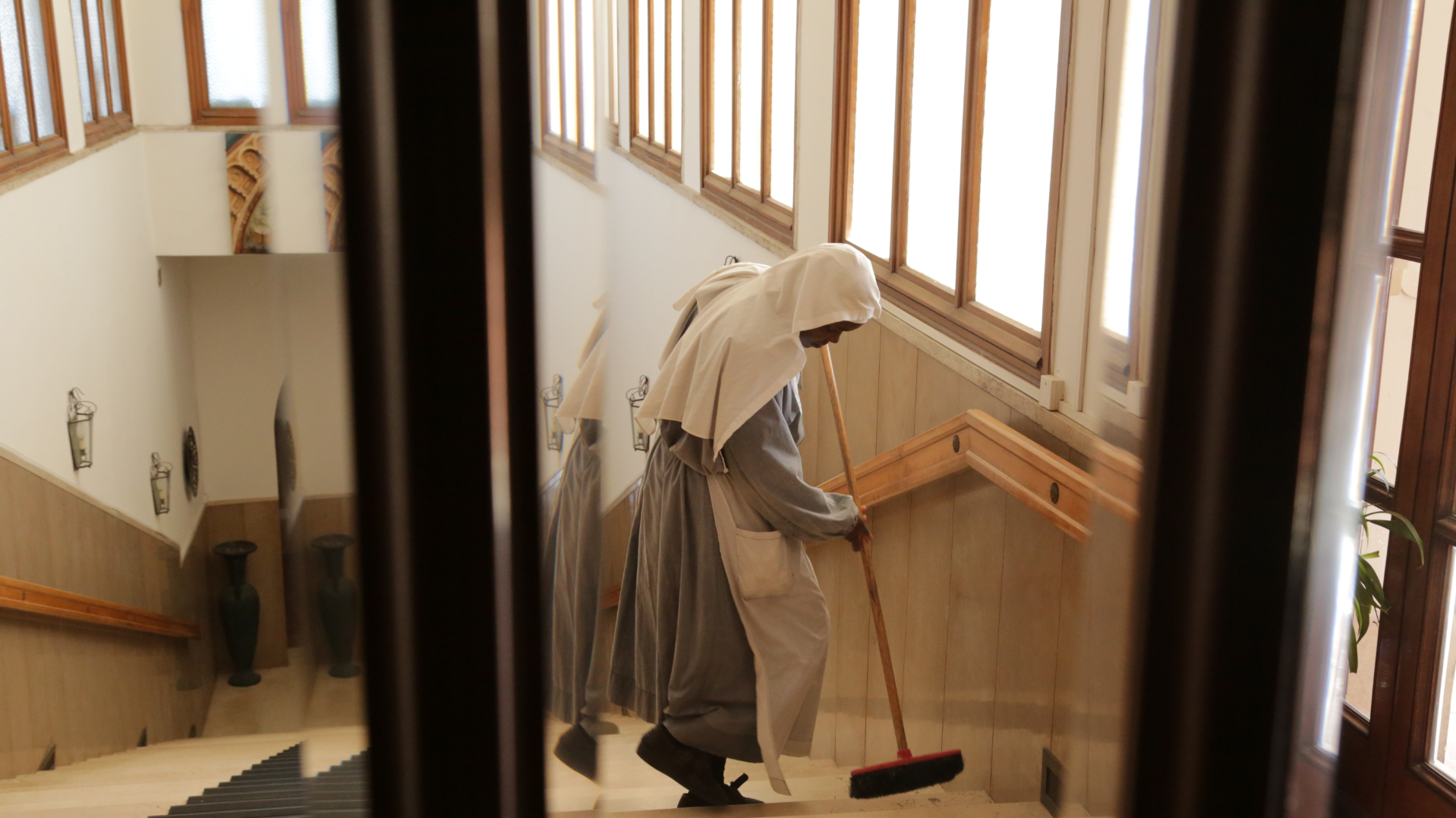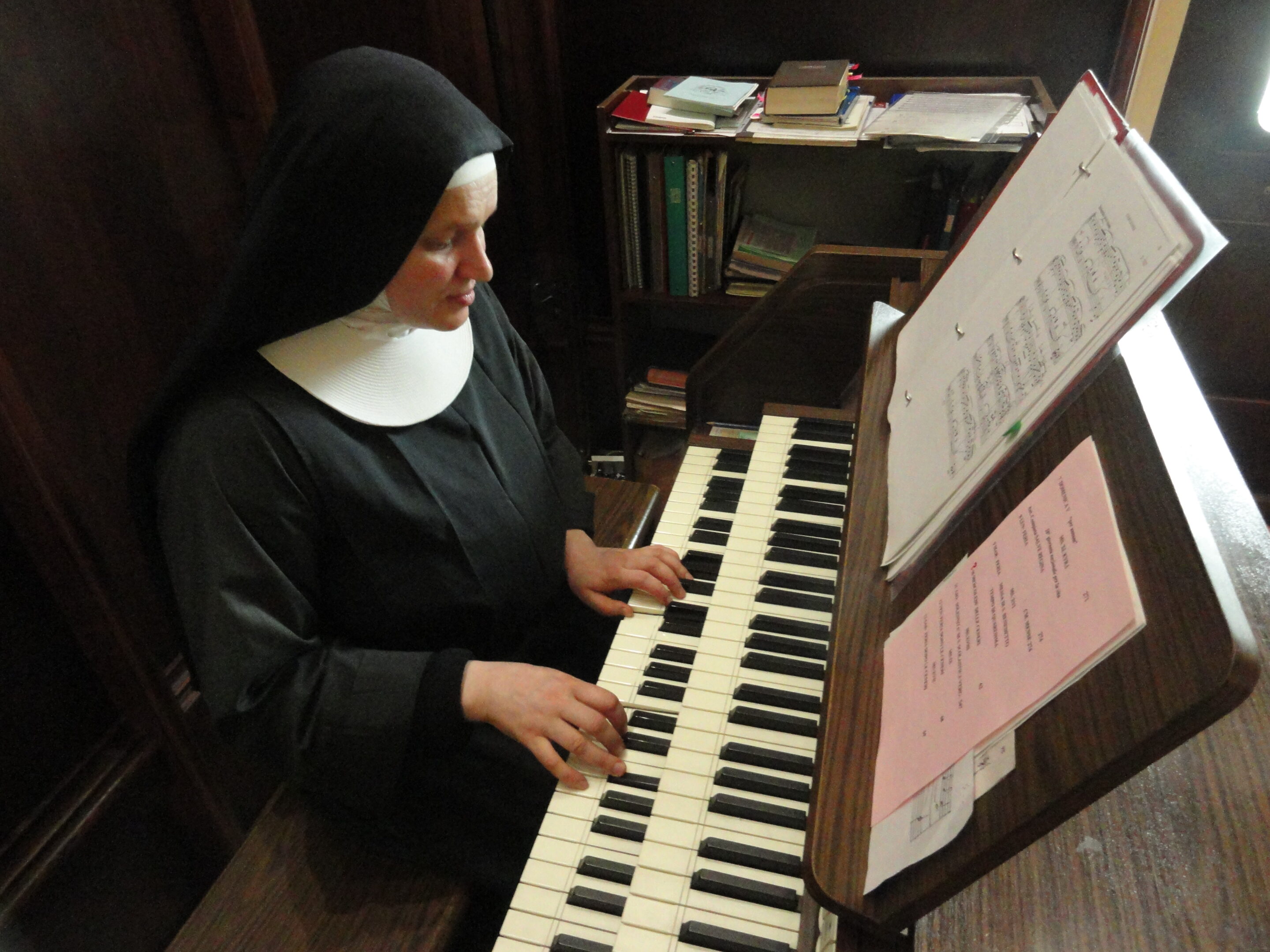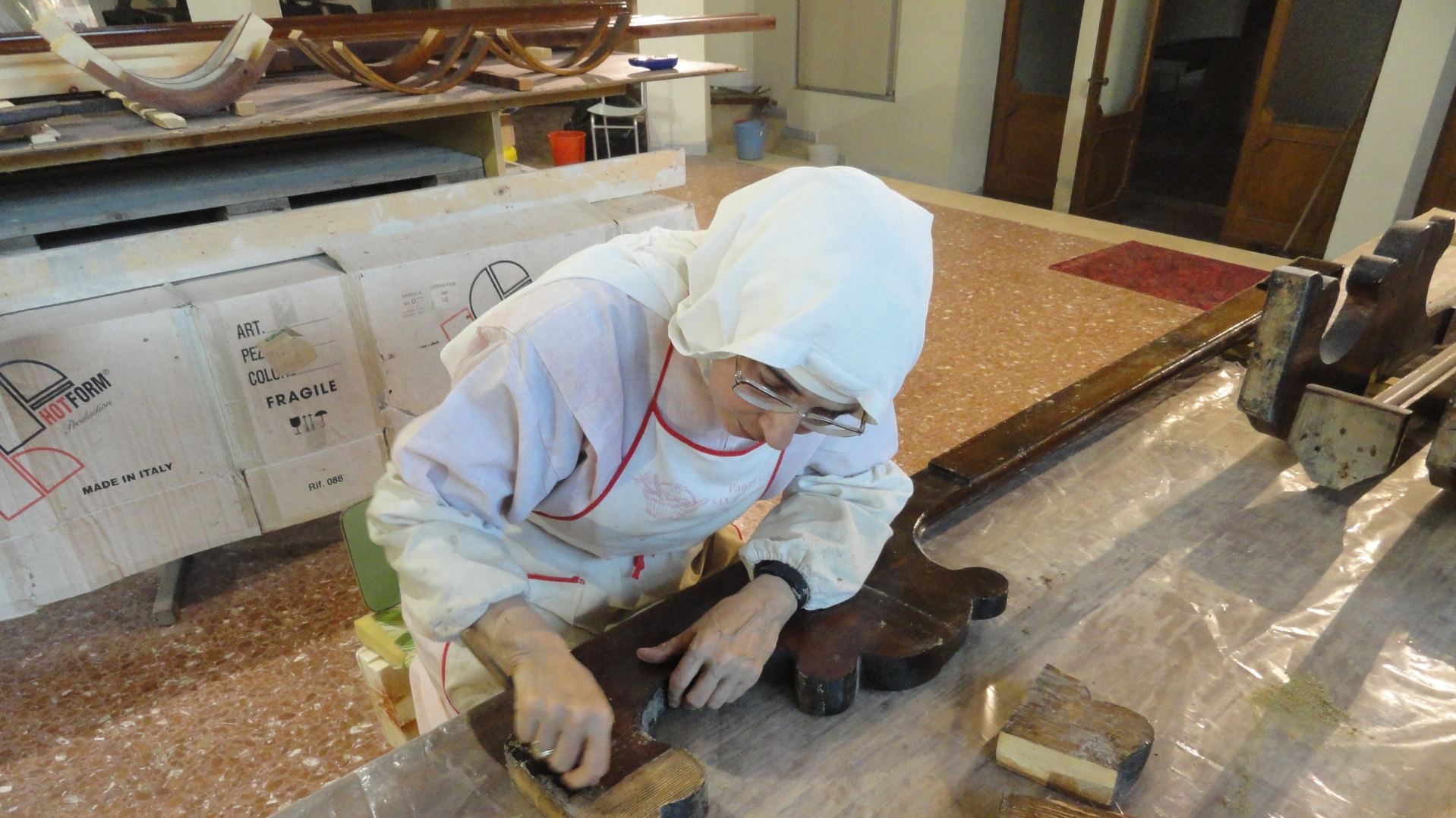ABOUT US
THE COMMUNITY
The Benedictine nuns of the monastery of St. John the Baptist in Rome observe a lively monastic tradition focused on prayer and work, following the Rule of Saint Benedict.
A call to be a small light in the world in order to reach where the hands cannot reach and to illuminate the most desolate and heartbroken. A call permeated by silence, meditation, hospitality and fraternal love and charity, where at the Centre, is Christ Jesus where they generate the life.
OUR HISTORY
At the first hints of World War II, during the terrible bombings, all the citizens of Subiaco were wandering searching where to escape to find a safe place for refuge. This was the same in all other cities of Italy in this period not only in Subiaco. In addition to the narrowness for the membership cards at first, the occupation was of the Italian army, then the disarmament by the Germans and immediately after came the occupation of the German army. The city of Subiaco thus became the target of the Anglo-American bombing which unfortunately was not long in coming.
The nuns had to camp while the monastery day after day became a pile of rubble. So it was that the Capuchin fathers, as generous as ever, made their Church, the refectory and other rooms available to the nuns: they welcomed their offer with gratitude. The community remained in the Capuchin hands until one day the cannon shots, hissing on their heads and crossing their trajectory for the valley, echoed for the last time. This was the last day of terror: the bells announced that the Germans had withdrawn, giving way to the Anglo-Americans, who had landed on the Italian coast.
It was then that Mother Abbess Ildegarde Petrucci turned to Rome, looking for a more suitable and safer place on which to build a new ‘nest’ for her daughters.
He found it on the slopes of Monte Mario, in the villa owned by the Count Robilant. The vast land around the villa allowed them to design and start to build a real monastery, suitable for the Benedictine’s monastic life style.
Once the house was built, the Mother Abbess obtained permission from the Vicariate to live there and through the authorization of Cardinal Selvaggiani. Then, the nuns were transferred from Subiaco to Rome – Monte Mario. The chapel was constructed first, then followed; the cells, the kitchen, the refectory and finally the laboratories. At the same time, some vegetables were started to be planted and cultivated in the pieces of land inside the enclosure of the villa. It was possible to buy the surrounding land gradually and to start fighting the hard battle of the reclamation. The land was in fact uncultivated, wooded and therefore not very productive. So the nuns began to plow the ground where bombs and bullets were left by the fleeing army still buried.
In May 1945, according to God’s plan through various past events the fruitful life of the monastery of San Giovanni Battista was transplanted from Subiaco to Rome and surprisingly new shoots began to sprout. While the work continued unabated, some young women came from Rome and from various regions of Italy asking to be admitted to follow Christ in the spirit of the Rule of Saint Benedict. In a few years the monastic family members counted 70. This rang a bell for the need for rooms that in about ten years constituted a large complex, including on one side the monastery for the monastic community, on the other the college with dormitories, classrooms, living room, laboratory, gym and courtyards. The school’s activity ended in 2003 due to a lack of enrollments. Today part of what was once the school has remained and is rented, while another part has become guest quarters.
Today, the community members have reduced in number due to the death of elderly nuns, the transfer of some nuns to the monastery of Subiaco (rebuilt over the years), and reduction of monastic vocations but those present, we dedicate ourselves in welcoming guests and working in daily chores, in the garden, in embroidery, in carpentry .
THE MONASTERY TODAY
Today part of what was once the school has remained and is rented, while another part has become guest quarters. The community now reduced in number due to the death of elderly religious and the transfer of some religious to the monastery of Subiaco (rebuilt over the years), dedicates itself to welcoming and working in daily chores, in the vegetable garden, in embroidery and in carpentry .
Our Daily Monastic Schedule
The spirituality of our Monastery hinges/focuses/based on community life, realized in communion of ideals, of life and goods within the enclosure/cloister, under the responsibility of the Abbess, sacrament of the fatherhood/motherhood of God Himself. The day is accorded in recollection and silence, to the motto “Ora et labora” and is divided into three complementary and convergent moments: Opus Dei, Lectio Divina and Work.
Opus Dei is our community and ecclesial prayer which helps us to penetrate the mystery of God, to confirm our life in the life of Christ obedience to the Father, humble servant, poor, chaste and in His commitment/service to men.
Lectio Divina is an attentive and meditated reading of the Holy Scriptures, through which we nourish our interior life and increase the intensity of our community relationships. With our manual work, we participate in the beauty of creation.


